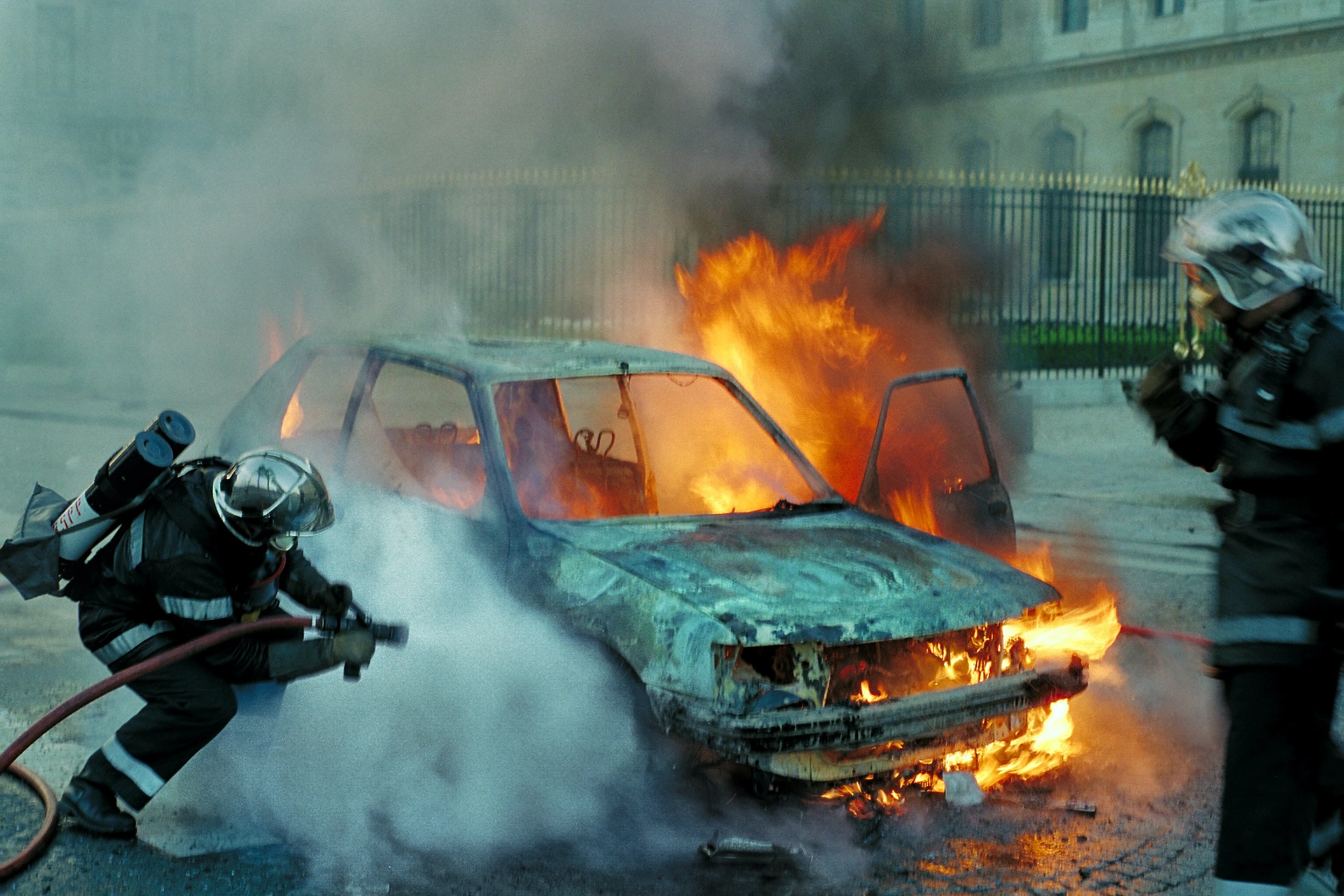Sustainability challenge and related SDGs:
2.3 million workers worldwide die each year from work-related injuries and illnesses. Another 313 million workers experience non-fatal injuries, and 160 million suffer from non-fatal work-related illnesses.
In parallel, traffic accidents account for 1.35 million deaths and 50 million serious injuries worldwide each year. This equates to approximately 150 deaths and nearly 6,000 serious injuries every hour. With the exception of high-income countries, road injuries are among the top ten leading causes of death worldwide.
Fire not only destroys property such as buildings, forests or agriculture but, along with other sources of heat, is also among the most preventable causes of injury and death: every year, about 120,000 people die, while 9 million suffer serious injuries. But fire also harms the air quality of many more people and - if it spreads as a wildfire - can affect entire nations.
Occupational, traffic and fire hazards are often preventable. When accidents occur, they negatively impact SDG 3, "Good health and Well-being”.
Possible solutions and their contribution to achieving the SDGs
#NoAccidents covers a wide range of products and services to prevent workplace hazards, improve road safety and prevent and fight fires. In general, these are systems and services to prevent accidents. In addition, products exist to reduce the damage if accidents do occur.
In the area of occupational health, various service providers ensure that accidents do not happen in the first place.
 Personal protective equipment prevents injuries or even death to employees should hazardous situations occur. This includes safety glasses, helmets, gloves, special clothing, shoes and more.
Personal protective equipment prevents injuries or even death to employees should hazardous situations occur. This includes safety glasses, helmets, gloves, special clothing, shoes and more.
Similarly, traffic management systems provide comprehensive accident prevention. They allow emergency vehicles to influence traffic lights on the road, whilst active safety systems like driver assistance ensure safety on the vehicle side. In the event of an accident, airbags and seatbelts minimise the risk of injury.
Fire and smoke detection and alarm products and services help ensure people can escape fires and bring them under control. Manufacturers of fire protection products, up to and including fire trucks, ensure that the equipment is in place to fight fires.
Preventing and minimising the outcomes of occupational accidents, road accidents, and fires improves global health and well-being.
Primarily related SDG Targets: 3.6, 3.9, 3.d
Investment Rationale and Growth Potential
In developed countries, many of the products and services offered in #NoAccidents are governed by laws and regulations and are often mandatory. These markets tend to grow or stagnate in line with the country’s economy or infrastructure. Nevertheless, innovative products will always hold great potential. In developing countries, however, many of these products are underutilised and thus have enormous potential. As economies and exports grow, so will the need to prevent occupational, traffic and fire risks.